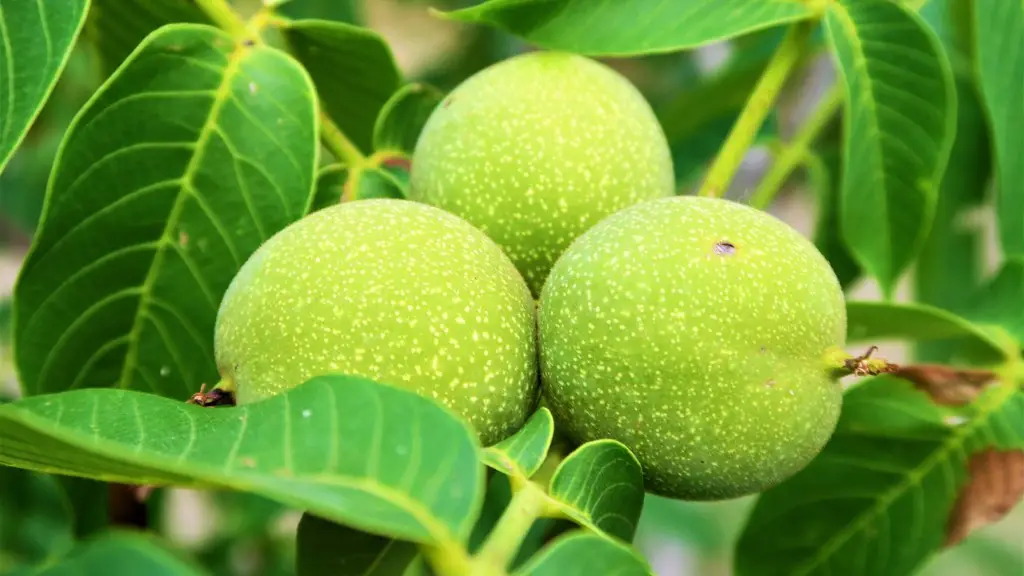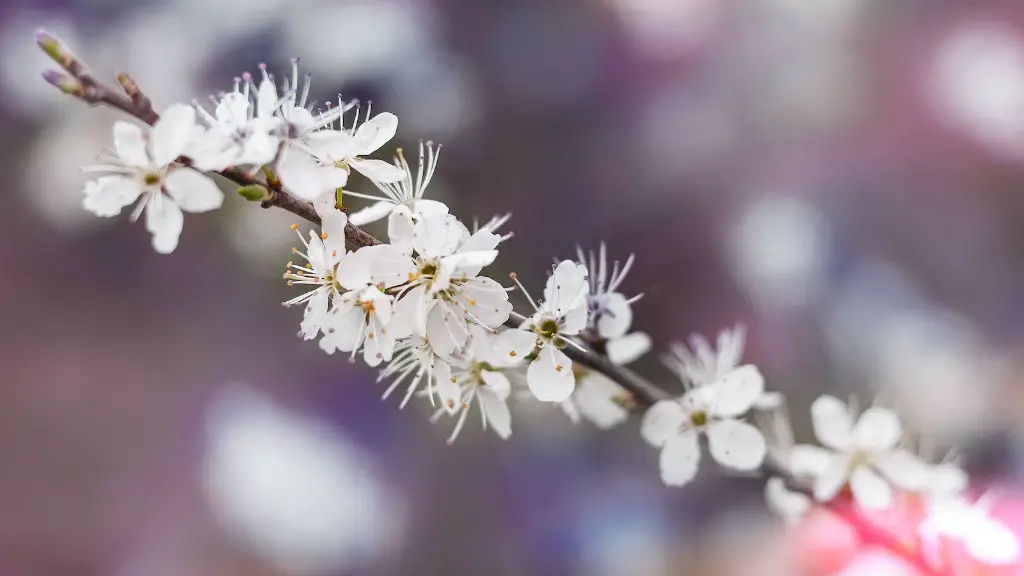Have you ever questioned why your lemon tree has sticky leaves? Many citrus tree owners often experience this issue, yet the solution and causes aren’t readily known. Let’s explore the various possibilities and learn more about why your lemon tree may have sticky leaves.
The primary reason why your lemon tree has sticky leaves is because of something known as Honeydew. This is a sugary secretion released by certain pests and can be quite pervasive in lemon trees. Aphids – tiny, pear-shaped insects – are the likely suspects here, as they love to feast on the sap of citrus trees.
If you can see tiny, black bugs around your lemon tree, then it’s likely you have an aphid infestation. These little pests are actually quite hard to spot, as they’re often camouflaged by the foliage. Luckily, there are some telltale signs that you can look for, such as yellow or bronze spots on the leaves.
It’s also a good idea to pay close attention to the underside of the leaves, as this is a favourite hiding spot for aphids. In addition to leaving behind the Honeydew, they can also cause curled or wilted leaves and yellow spots on the surface.
Once you’ve confirmed the presence of aphids, the next step is to figure out the best way to manage the infestation. The most common method is to use insecticide sprays, although they may not be completely effective in eliminating the problem. For more severe infestations, it’s best to contact a professional pest control product.
Aside from aphids, there are some other things that could be causing sticky leaves on your lemon tree. These include infestations of mealybugs, whiteflies, and scale insects. Mealybugs are tiny white or pink insects that usually hang out in clusters along the stems of the tree.
Whiteflies are small, white-winged insects which usually fly in swarms around the foliage. Scale insects are less mobile, as they attach themselves to the underside of leaves and feed on the sap. They’re also harder to spot, as they’re camouflaged against the foliage.
How To Deal With Insect Infestations On My Lemon Tree?
Once you’ve identified a particular insect infestation on your lemon tree, the next step is to deal with it quickly and efficiently. Where possible, it may be best to contact a professional pest control service, as they’ll likely have the relevant products and equipment to get the job done.
However, there are also some products available for DIY pest control, such as insecticides and insect traps. Insecticides are generally either organic or chemical-based, and should be used according to the instructions on the label. It’s important to use the right product to achieve effective results, as different pest infestations require different control methods.
Insect traps are also popular for DIY pest control, as they can be used to both monitor and trap a variety of insects. An example would be a sticky trap, which is a piece of sticky paper on which the insect will become trapped if it comes into contact with it.
If you don’t feel like dealing with the infestation yourself, then you could opt for natural methods instead. These include introducing beneficial insects such as ladybugs, which feed on the pests that are harming your lemon tree. You could also add some natural predators of the pests, such as praying mantises.
Natural repellents can also be used to keep pests away from the tree. For example, garlic, onion, or chilli pepper sprays can be used to deter aphids and other insects. These sprays will only be effective for a short period of time, however, and should be reapplied periodically.
Managing Honeydew
As mentioned previously, Honeydew – a sugary secretion released by certain pests – is a major cause of sticky leaves on lemon trees. To manage this issue, you should first work towards eliminating the pest causing the secretion. As previously discussed, this could involve using an insecticide, introducing beneficial insects, or using a natural repellent.
Once the source of the Honeydew has been addressed, the sap needs to be removed from the affected foliage. Use a damp cloth to remove the sap, taking extra care not to damage the leaves. You could also use a gentle insecticidal or soapy water solution, although excessive use of these may also damage the tree.
To prevent the problem from recurring, it’s important to maintain the health of the lemon tree. Ensure that the soil is properly aerated, as this will reduce pest pressure. Fertilise the tree at least once or twice a year for optimum growth and health, and water the soil on a regular basis.
Inspect the tree regularly for signs of pests, and act quickly if any are found. Prune off any dead branches or leaves, and check the stems and leaves for evidence of infestations.
Managing Other Sources Of Stickiness
Aside from Honeydew, there are other causes of sticky leaves on lemon trees. Examples include excessive humidity and fertilizer burn. If the humidity is too high, the sap can become sticky and cause the leaves to become sticky to the touch.
Fertilizer burn is another issue that can cause sticky leaves. This occurs when a fertilizer is applied too heavily or too close to the tree, which can lead to an accumulation of nutrient salts on the surface of the leaves. The leaves then become sticky and burn quickly.
To prevent these issues from occurring, ensure that the soil is properly aerated and that the fertilizer is applied according to the manufacturer’s instructions. Also, keep the area around the roots of the Lemon tree free from debris. This will help to prevent pests from taking hold.
Finally, ensure that the lemon tree is getting adequate amounts of sunlight and water. This will ensure that the tree gets enough nutrients to stay healthy and also help to ward off pests.
Preventative Measures
When it comes to preventing sticky leaves on your lemon tree, there are a few things you can do to get started. First, inspect the tree regularly for any signs of pests or Honeydew, and act quickly if any are found. Secondly, maintain the health of the soil, ensuring adequate drainage and aeration.
Thirdly, prune off any dead branches or leaves, and inspect the leaves and stems for evidence of infestations. Fourthly, apply fertilizer according to the manufacturer’s instructions, and keep the area around the roots free from debris. Finally, ensure that the tree gets adequate amounts of sunlight and water.
Following these preventive measures will help to ensure your lemon tree stays healthy and free from sticky leaves. With a little bit of effort and patience, you’ll be able to keep your lemon tree looking great and enjoying its sweet fruits.
What Other Issues Could Cause Stickiness?
Other than Honeydew and insect infestations, there are a few other issues that could be causing sticky leaves on your lemon tree. One of the most common is improper watering, which can lead to an accumulation of sap on the leaves. Inadequate watering can also cause root rot, which can also lead to sticky leaves.
Another possible cause is fungal diseases, such as sooty mold. This is caused by the presence of black, sooty-looking spores on the foliage, which can lead to a sticky residue on the leaves. To prevent this, it’s important to keep the foliage dry and ensure that there is adequate air circulation.
Finally, it’s possible that the sticky leaves are caused by excessive fertilisation. Too much fertiliser can cause an accumulation of nutrients on the surface of the leaves, resulting in a sticky residue. To prevent this, it’s best to adhere to the recommended application rates.
Conclusion
Understanding why your lemon tree has sticky leaves is a key step in preventing further issues. Possible causes could include insect infestations, excessive humidity, fertilizer burn, and fungal diseases. To prevent sticky leaves, it’s important to maintain the health of the soil, keep the area around the roots free from debris, inspect the tree regularly for signs of pests, and apply fertiliser according to the manufacturer’s instructions.




